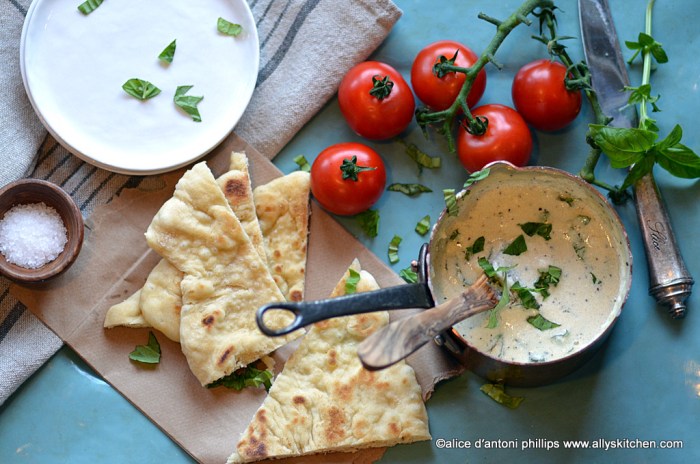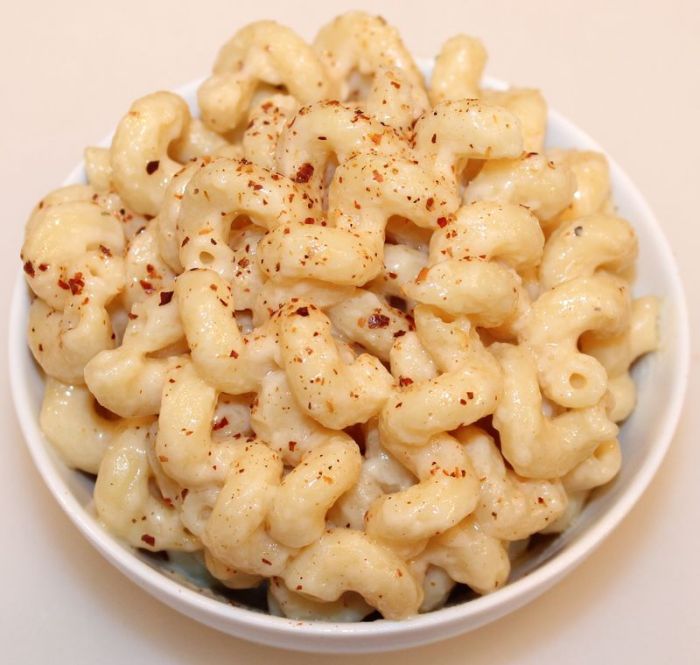Asiago Sauce Recipe A Culinary Guide
Asiago Cheese: A Deep Dive into the Cheese and its Versatile Sauce: Asiago Sauce Recipe
Asiago cheese, a firm Italian cheese with a rich history, lends itself beautifully to creating a variety of flavorful sauces. This article explores the characteristics of Asiago cheese, provides variations on a classic Asiago sauce recipe, details preparation techniques, suggests pairings and applications, and discusses visual appeal and storage.
Asiago Cheese Characteristics

Source: allyskitchen.com
Asiago cheese boasts a firm texture, ranging from crumbly in its younger, fresh form to hard and granular in its aged varieties. The flavor profile is complex, evolving with age. Fresh Asiago offers a mild, buttery taste, while aged Asiago develops a sharper, more nutty and sometimes slightly salty flavor. It’s commonly used in gratins, risottos, and as a table cheese.
Fresh Asiago is often used in sauces where a milder flavor is desired, while aged Asiago adds a deeper, more robust taste. The nutritional profile of Asiago cheese varies depending on age and fat content; generally, it’s a good source of calcium and protein but also relatively high in fat and sodium.
Classic Asiago Sauce Recipe Variations
Three variations of a classic Asiago sauce are presented below, catering to different preferences and culinary needs. Each recipe provides a base for pasta sauce, adaptable to various pasta shapes and sizes. Adjustments for different pasta shapes primarily involve cooking time and sauce consistency – thicker sauces work well with larger, sturdier pasta, while lighter sauces are better suited for delicate pasta.
| Creamy Asiago Sauce | Light Asiago Sauce | Robust Asiago Sauce |
|---|---|---|
| 1 cup heavy cream 1/2 cup grated Asiago cheese 2 tbsp butter 1 clove garlic, minced Salt and pepper to taste |
1/2 cup milk 1/4 cup grated Asiago cheese 1 tbsp butter 1/4 cup grated Parmesan cheese Salt and pepper to taste |
1/2 cup dry white wine 1 cup grated Asiago cheese 4 tbsp butter 2 cloves garlic, minced 1/4 cup chopped fresh parsley Salt and pepper to taste |
Asiago Sauce Preparation Techniques
Creating a smooth, flavorful Asiago sauce requires careful attention to technique. The following steps Artikel the process, along with tips for preventing common issues.
While an Asiago sauce recipe often centers around the sharp, nutty cheese, its creamy texture can be surprisingly versatile. For a different creamy base, consider exploring alternative options like the tangy punch found in a arizona ranch sauce recipe , which could inspire a unique twist on your Asiago creation. Perhaps a blend of both could yield a truly exceptional sauce.
First, melt the butter in a saucepan over medium heat. Add minced garlic and cook briefly until fragrant. Gradually add the cheese, stirring constantly until melted and smooth. For a creamier sauce, incorporate cream or milk at this stage. To prevent graininess, use low heat and stir continuously.
If the sauce separates, a splash of pasta water can help re-emulsify it.
Several methods exist for thickening Asiago sauce:
- Roux: A mixture of butter and flour cooked together before adding other ingredients. Pros: creates a smooth, thick sauce. Cons: requires precise cooking to avoid a floury taste.
- Cornstarch slurry: A mixture of cornstarch and cold water added to the sauce. Pros: easy to use, quick thickening. Cons: can result in a slightly gummy texture if not used correctly.
Asiago Sauce Pairings and Applications

Source: typepad.com
Asiago sauce’s versatility extends across various cuisines. Its rich, savory flavor complements a wide range of dishes.
- Pasta (naturally!)
- Grilled chicken or fish
- Roasted vegetables
- Polenta
- Gnocchi
The following recipe showcases Asiago sauce as a primary ingredient:
Asiago-Cream Sauce Stuffed Shells
Large pasta shells are filled with a ricotta and spinach mixture, then baked in a creamy Asiago sauce. The finished dish is garnished with fresh basil and a sprinkle of extra Asiago cheese.
Plating involves arranging the baked shells in a shallow baking dish, ensuring they are evenly spaced. The sauce should generously coat the shells, with a few extra spoonfuls added to the top. Fresh basil sprigs add a pop of green, while the extra Asiago adds textural contrast and visual appeal.
Visual Representation of Asiago Sauce

Source: insanelygoodrecipes.com
A well-made Asiago sauce should have a creamy, smooth texture. Its color will depend on the type of Asiago used and any additional ingredients; it can range from pale yellow to a deeper golden hue. The sauce should possess a subtle sheen, reflecting light softly. The surface should be smooth and free from lumps or graininess.
Garnishes can enhance the visual appeal of the sauce. Options include:
- Fresh basil leaves (adds a pop of green)
- Chopped chives (adds a subtle green hue and fine texture)
- Grated Parmesan cheese (adds a contrasting texture and color)
- Black pepper (adds visual interest with its dark specks)
Asiago Sauce Storage and Shelf Life
Proper storage is crucial for maintaining the quality and flavor of Asiago sauce. Leftovers should be stored in an airtight container in the refrigerator for up to 3 days. To reheat, gently warm over low heat, stirring frequently to prevent scorching. The sauce can also be frozen for longer storage, up to 2 months. Thaw it overnight in the refrigerator before reheating.
FAQ Insights
Can I use shredded Asiago instead of a block?
Yes, pre-shredded Asiago works well, but be mindful that it may contain cellulose which can affect the sauce’s texture. Freshly grating a block is generally preferred for the best results.
How long can I store Asiago sauce in the freezer?
Properly stored in an airtight container, Asiago sauce can last for up to 2-3 months in the freezer.
What happens if my sauce becomes grainy?
Grainy sauce often results from uneven heating or using too much cheese too quickly. Try whisking in a little extra liquid (cream, milk, or pasta water) to smooth it out.
What are some vegetarian/vegan alternatives to Asiago cheese for this sauce?
While Asiago’s unique flavor is difficult to replicate exactly, nutritional yeast or a blend of hard cheeses like Parmesan and Pecorino Romano could offer a similar sharpness. For a vegan option, explore cashew-based cheese alternatives.





















